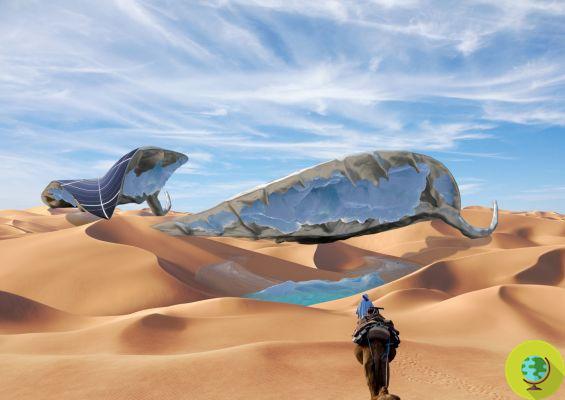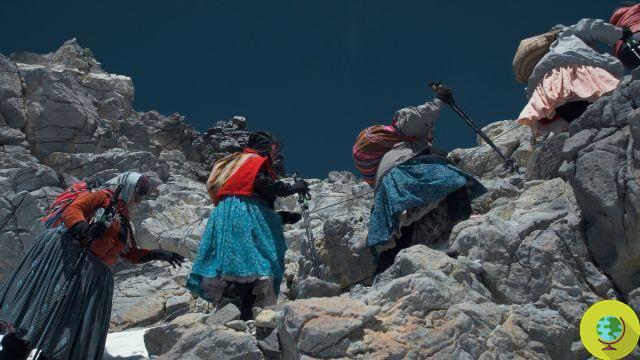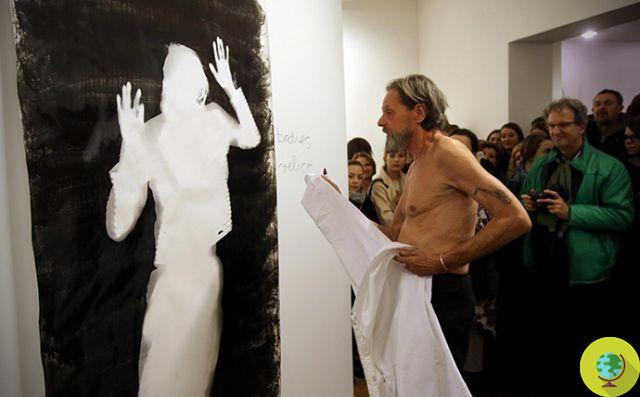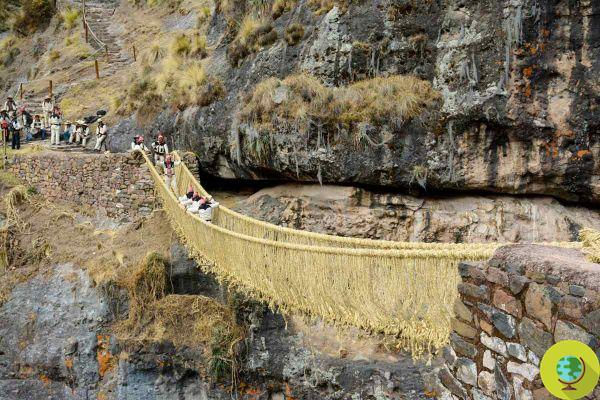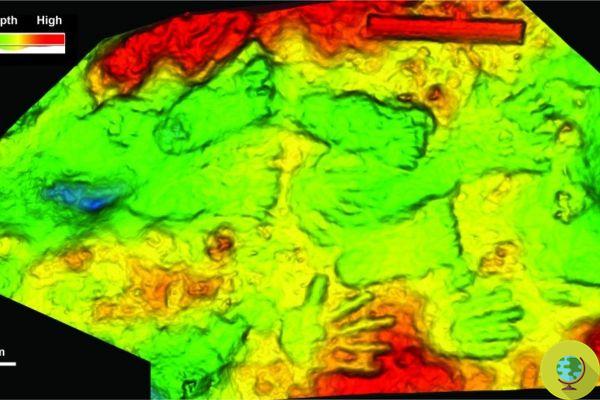It is an imposing dolmen hitherto unknown. A megalithic monument that brings to mind Stonehenge but is in Spain
Don't store avocado like this: it's dangerousIt is an imposing dolmen hitherto unknown. A megalithic monument that brings to mind Stonehenge, but which is located in a completely different area. We are in fact in Spain and precisely in Antequera, near Malaga.
Here at the Piedras Blancas site, an archaeological team from the University of Seville has unearthed a very ancient megalithic monument connected to the famous dolmen Menga, thanks to excavations conducted on the site over the last 10 years. Together with the large boulders there were also two skulls. It is a structure integrated into the natural rocky spur of the site. The latter was discovered in 2005 and between 2009 and 2013 surface and geophysical surveys had been carried out, but until now it has not been formally excavated.
The dolmen may have been part of a sacred space for Neolithic communities and according to the authors of the discovery there may be other remains. The location was carried out at the foot of the Peña de los Enamorados, in the area known as Piedras Blancas, in the excavation of a megalithic structure for funerary use, as reported this Wednesday in Efe by the professor of Prehistory of the University of Seville Leonardo García Sanjuán, who coordinates the study.
Furthermore, according to scientists, some cave paintings found in the Peña de los Enamorados date back to 5.900 years ago and this could suggest that it is the first sanctuary in Andalusia. This is also confirmed by the fact that the dolmen was built oriented towards the sanctuary. The exact location of the megalithic monument has not been made public in order to preserve the integrity of the place where the research works are carried out and to avoid possible harmful actions.
“This monument, together with the Matacabras refuge and its cave paintings, would have formed a sacred space for the Neolithic communities of the region, before the construction of the great Menga dolmen. The new data will allow us to better understand the processes that led to the creation of such an extraordinary monument as the Menga and to explain its particular orientation. The ongoing studies aim to date more precisely the Neolithic activity documented in La Peña de los Enamorados through the application of scientific dating methods (radiocarbon and luminescence by optical stimulation), as well as to collect samples that allow us to better understand the society and the environment existing at the time it was built "
The new investigations are making it possible to make discoveries of great importance to understand the origins of the great megaliths of Antequera, declared a World Heritage Site by Unesco in 2016.
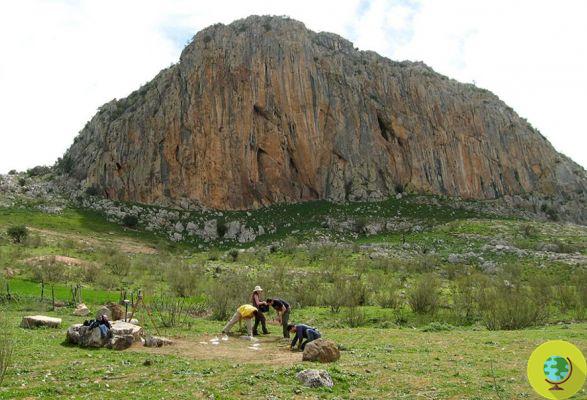
© University of Seville
The Piedras Blancas site, discovered in 2006 and then explored through surface and geophysical surveys in 2013, is associated with the Matacabras refuge, located at the base of the La Peña rock formation, where the team responsible for these projects documented and studied cave paintings. :
"Both the Piedras Blancas area and the Matacabras rock refuge have an important significance for understanding the genesis and biography of the great Menga dolmen, whose axial orientation points precisely to this sector of La Peña, leaving the usual orientation norm at the rise of the sun present in almost all Iberian megaliths ”explains the research team.
The dolmen Menga
The Dolmen of Menga dates back to around 3750-3650 BC. It is one of the largest known ancient megalithic structures in Europe, it is 27,5 meters long, 6 meters wide and 3,5 meters high. It is made up of 32 megaliths, the largest with a weight of about 180 tons. It boasts a very rare peculiarity in megalithic buildings, namely the presence of a narrow and deep well at the bottom of the chamber.
But not only. Over 95% of the known dolmens are positioned towards the south-east, but the unique feature of the dolmens of Antequera, including Menga, is the anomalous and unique positioning in the world: it is in fact in the north-east direction. Furthermore, it is the only dolmen in continental Europe positioned not towards the sun but towards a "terrestrial" object, namely the mountain of Peña de los Enamorados.
A place full of mystery which, thanks to new investigations, could have fewer secrets.
Sources of reference: University of Seville, Unesco,
READ also:
6-year-old dolmen razed to the ground by an excavator by mistake
The mystery of the Stonehenge megaliths finally revealed





